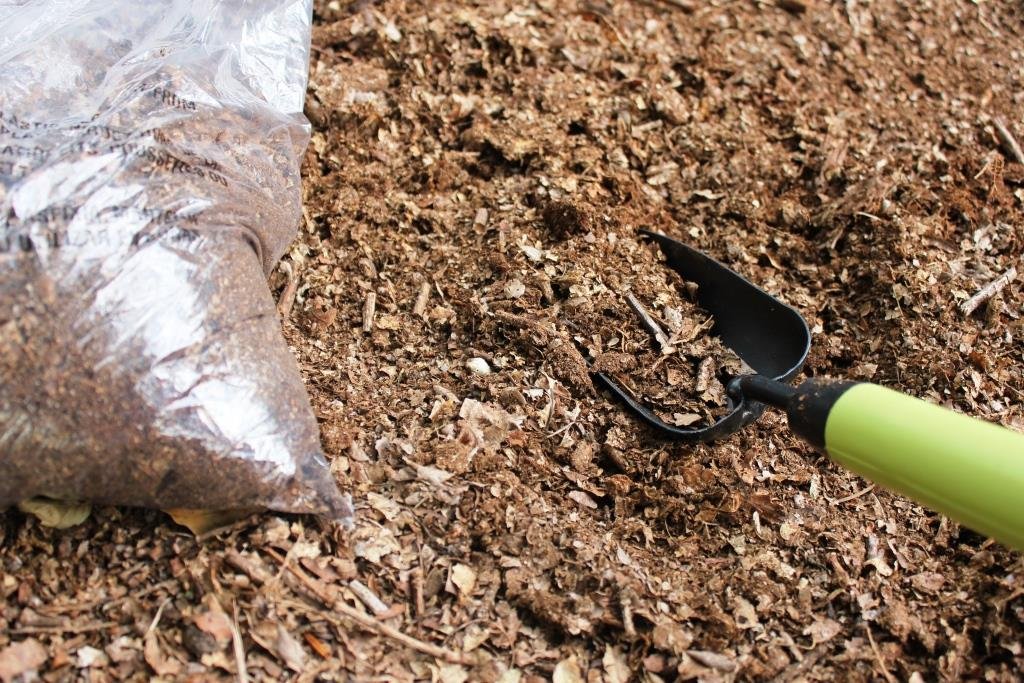What Substrates can I use for Beetles?
Japanese Rhino Beetle larvae (Trypoxylus dichotomus) on Flake Soil
Introduction
What beetle larvae can eat all depends on the group of beetle it belongs to. A homemade substrate called Flake Soil is the go-to for advanced breeders, but substrates collected from nature can also be used. In this guide, I will be covering the 3 main groups of beetles that are most commonly kept by breeders.
1. Flower Beetles – Cetoniinae subfamily
E.g. Pachnoda spp., Eudicella spp., Mecynorrhina spp.
2. Rhino Beetles – Dynastinae subfamily
E.g. Dynastes spp., Megasoma spp., Xylotrupes spp.
3. Stag Beetles – Lucanidae family
E.g. Dorcus spp., Prosopocoilus spp., Phalacrognathus sp.
1. Leaf Litter (suitable for group 1 – Cetoniinae)
Leaf litter can be found in parks and woodlands where hardwood trees (e.g. oaks & beech) grow. The soil under these trees will normally consist of 4 layers – the top being freshly fallen leaves and the very bottom being the actual soil. Neither of these two layers can be used for larvae as they have no nutritional content. What can be used is the leaf humus that is sandwiched between the top and bottom layer. This is perfect for both egg laying for adults and as food for the larvae.
There are some species of Cetoniinae however, such as the Goliath Beetle (Goliathus spp.), that rely on protein obtained from living insects or pet food to grow instead of leaf litter. These larger species of Cetoniinae can also be highly cannibalistic despite being given plenty of space and substrate, so they should be housed individually.
Collecting leaf litter for beetle larvae
2. Decayed Wood (suitable for groups 2 & 3 – Dynastinae & Lucanidae)
When trees die in nature, the process of decay is only made possible by white-rot fungi such as mushrooms (plus some species of bacteria) that are capable of producing enzymes that break down a component called ‘lignin’ in the wood. Lignin is part of the cell wall that gives trees their structure and rigidity. The enzymes produced by the white-rot fungi enable the lignin’s chemical bonds to be split, allowing other living organisms to break down the wood even further.
Wood that has been decayed by white-rot fungi (the wood will become a white colour) is what is required to raise both Dynastinae and Lucanidae larvae.
However, wood that has been decayed by fungi that cause brown-rot (the wood will become a dark colour) cannot be used. This is because brown-rot fungi differ to white-rot fungi in that they break down a different component called ‘cellulose’ instead of lignin, making the wood completely useless for rearing larvae.
Decayed wood can be split into 5 categories depending on the degree of decay:
Hard decayed wood
Middle decayed wood
Soft decayed wood
Decayed wood flakes
Dirt/Mud
Dynastinae require decayed wood that is at stage 4 (above) – wood that has become soft enough that it can easily be crumbled using your hands. This wood can then be broken into smaller pieces to turn into a substrate for both oviposition (egg-laying) and food for the larvae. Lucanidae on the other hand require wood that is at stage 3 – wood that is an earlier stage of decay.
A fallen tree that has been broken down by white-rot fungi



